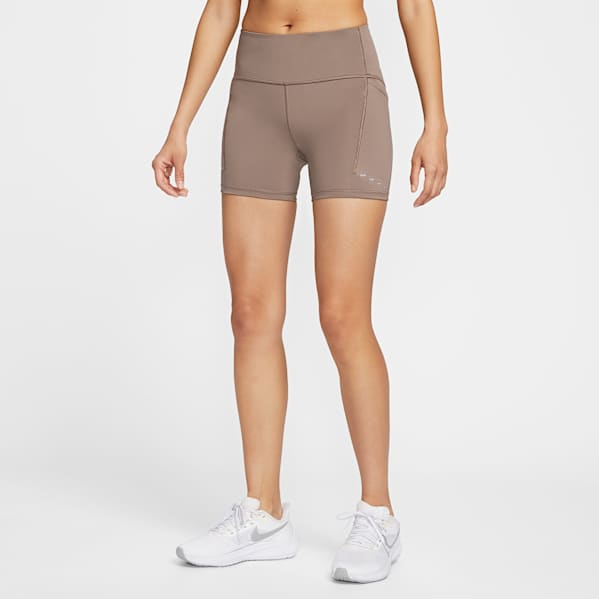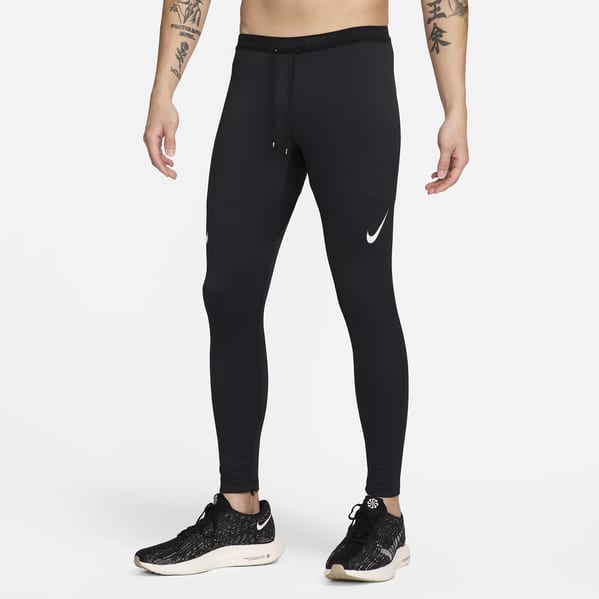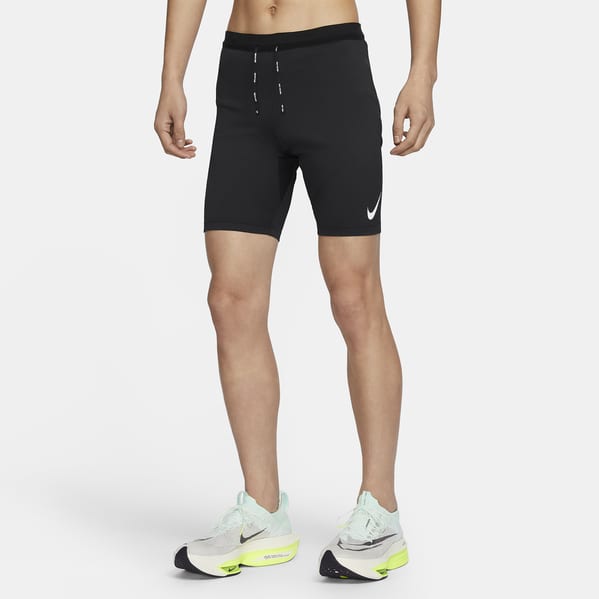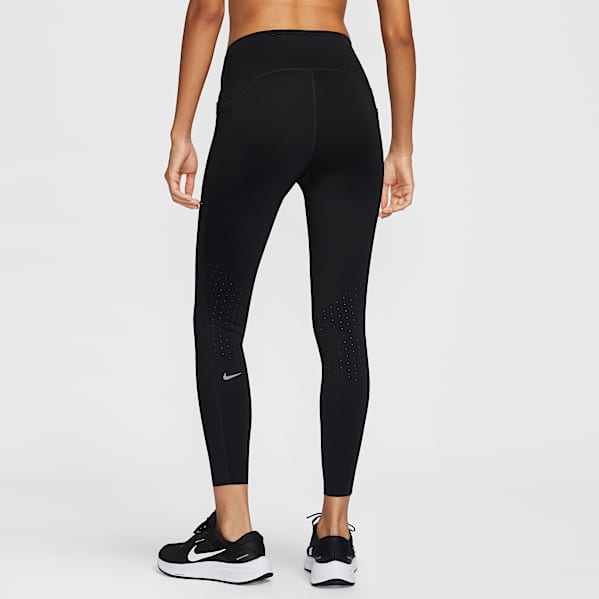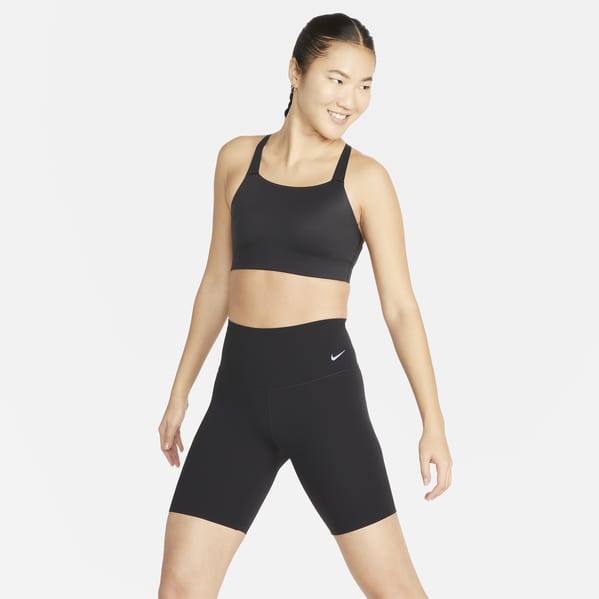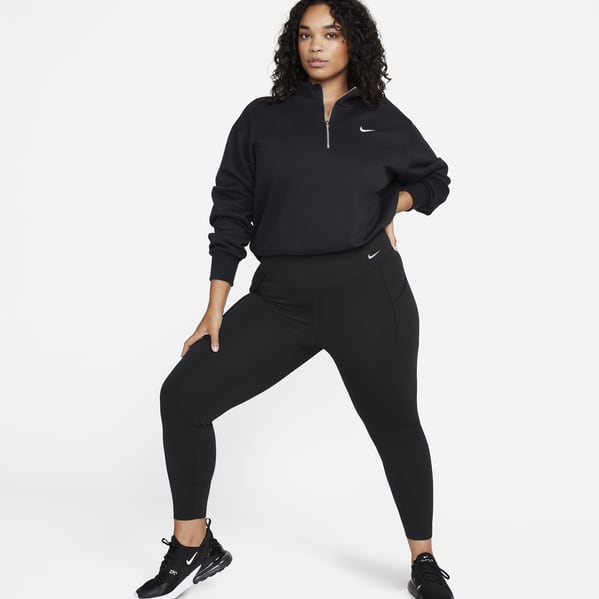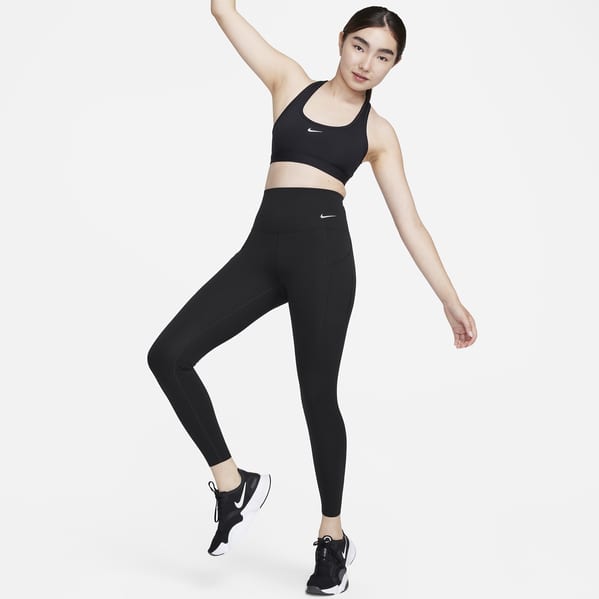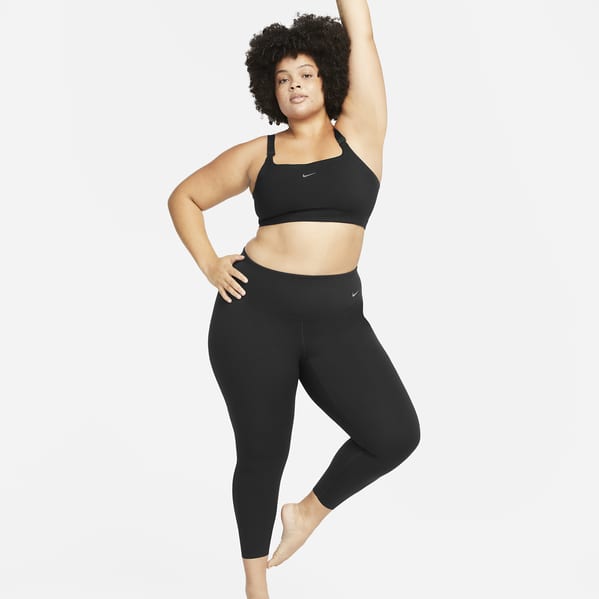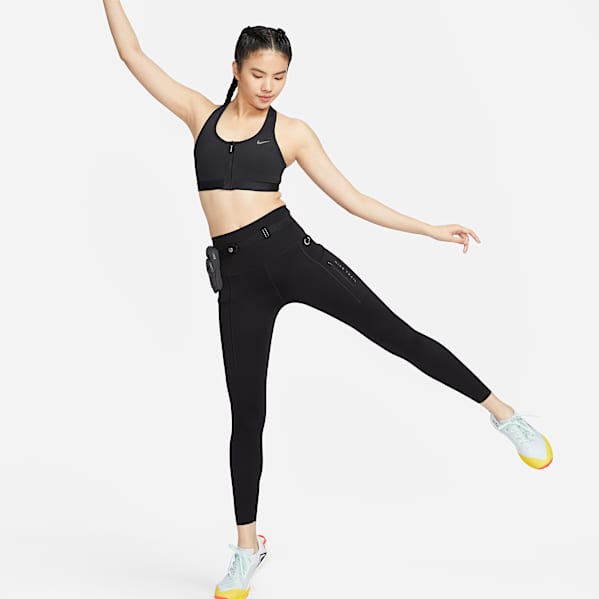Starting on March 11, 3D Secure 2.0 will be introduced for credit card payments. See details here.
Benefits of Running Tights and How to Wear Them
Buying Guide
A well-constructed pair of running tights provides you with comfort and support, while helping moderate body temperature and keeping you dry.
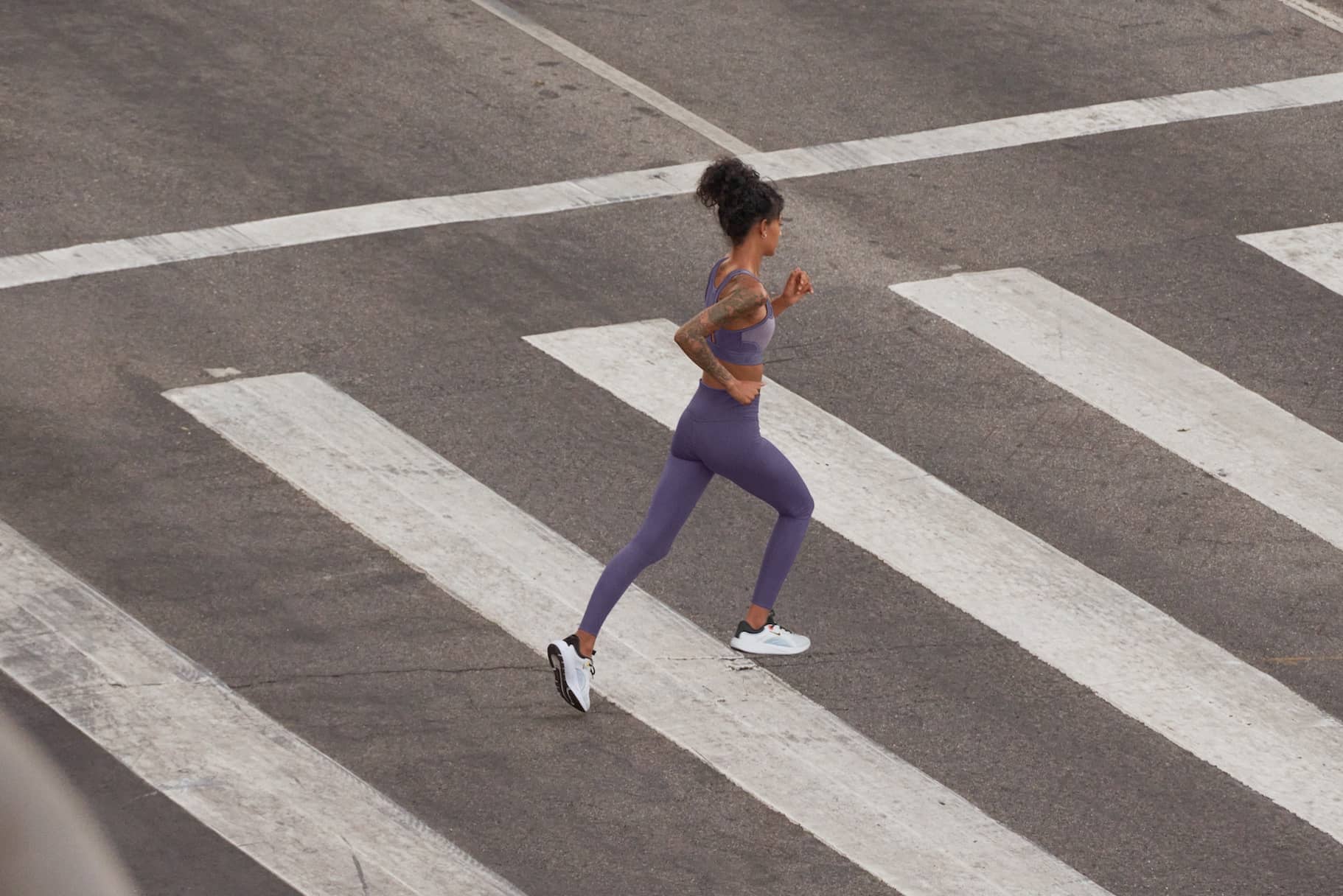
Running tights should be a staple in your activewear collection. They have distinctive benefits in terms of performance, comfort and utility. Running in tights can upgrade your running game, allowing for more aerodynamic movement.
What are Running Tights?
Running tights, similar to leggings, are designed for a seamless and streamlined run. They are worn snug to the skin, but offer flexibility for a full range of movement while running. To allow for flexibility, running tights are typically made from synthetic materials composed of polyester or spandex.
What are the Benefits of Running Tights?
1.Streamlined Strides
Running in tights creates a more streamlined physique, reducing friction with each stride.
Some runners feel that this can improve running performance, while allowing for comfort and minimizing distractions.
A seemingly small adjustment in running wear can have an impact on speed. As quoted from a recent study published in Materials Science and Applied Chemistry, “In sports where every hundredth of a second matters, aerodynamic drag and the associated energy losses are very important.”
In short: the more aerodynamic your silhouette is, the less friction, and the faster your potential speed.
2.Sleek Comfort
There’s nothing worse than uncomfortable running wear. During a run, you want your attention on the motions, not the clothing.
That’s why you need activewear that supports your body, allowing your mind to focus on what matters.
Running tights and leggings are an optimal tool for athletes who want to concentrate their mind on the task at hand.
Sleek, soft, and simple, tight running pants stay in place throughout your workout. They help you feel agile and unrestricted, naturally adapting to each stride seamlessly.
Nike Dri-FIT running tights use a stretchy design that helps you run without restriction, and support to help you power through whatever your sport or workout demands. The encased elastic waistband has an external drawcord that lets you adjust the fit for maximum comfort.
3.Adapting to the Climate
A true runner runs in all climates, even the dead of winter. Your running wear should empower this.
Running tights are made with a soft, lightweight and breathable fabric. The fabric promotes airflow to help you stay cool when your run heats up.
Sweat-wicking technology can help fight the buildup of moisture to keep you feeling light and ventilated.
For colder climates, wearing running tights can keep your muscles warm. Layering your running tights gives you an extra layer of protection against the external environment.
Opting for compression tights can also promote an insulating effect. The tight fabric gently compresses your body, helping you retain body heat and improve blood flow.
Not All Tights Have Compression
Keep in mind that not all running tights offer compression, so the terms can not be used interchangeably. Make sure you check the label before you commit to a new pair.
The main difference is the material technology. The tight fabric compresses blood vessels to increase blood pressure and blood flow. Compression tights have been shown to improve performance and recovery.
A study conducted in Japan and published in Frontiers in Physiology found lower-body compression garments reduced muscle damage after a run to speed up recovery. This can increase training consistency.
Nike Pro Dri-FIT running tights are made with a lightweight fabric that helps you feel dry, cool and supported, adjusting to your changing body temperatures throughout your workout. The sweat-wicking technology moves sweat away from your body for quicker evaporation, helping you stay dry.
When your body temperature increases throughout your workout, the mesh at the front pouch and upper seat lets air flow to help regulate your body temperature. This allows your body to breathe when it needs to.
How to Wear Running Tights
1.Layer Your Tights
When it comes to how to wear your running tights, it largely depends on the climate.
For warmer climates, wearing the tights alone is sufficient. Choose tights made of lighter, breathable fabrics.
If you feel self-conscious just wearing the tights, try throwing on a pair of athletic shorts or a longer top.
For cold climates, running tights can be layered. For example, try on a base layer, a long sleeve compression top and tights; and an outer layer, a jacket and windproof running pants.
2.What to Put Under Tights
You may have asked yourself ‘what should I wear under running tights? The simple answer is: whatever you feel comfortable wearing.
For some, this may involve going without underwear. If this isn’t your thing, consider seamless underwear. In terms of hygiene, neither option is superior. Making sure to shower and wash your running tights post-workout is the best hygiene practice.
3.Type of Tights
There are several different types of running tights to suit your needs.
Nike Running Tights include compression tights, high-waisted tights, and ¾ length tights, and they come in a range of thickness levels. No matter your style, there is probably a pair of running tights perfect for you.
The difference between running pants and tights is that tights are body-hugging while pants are looser. You can layer up tights under running pants due to the difference in fit.
The difference between leggings and running tights comes down to the thickness. Running tights are stretchy and light, whereas leggings are thicker and not suitable for layering.
A Quick Takeaway
Running with tights can make your run more enjoyable and effective. A good pair of tights will support your body and constantly adjust and adapt to keep your temperature moderated and muscles moving freely.
